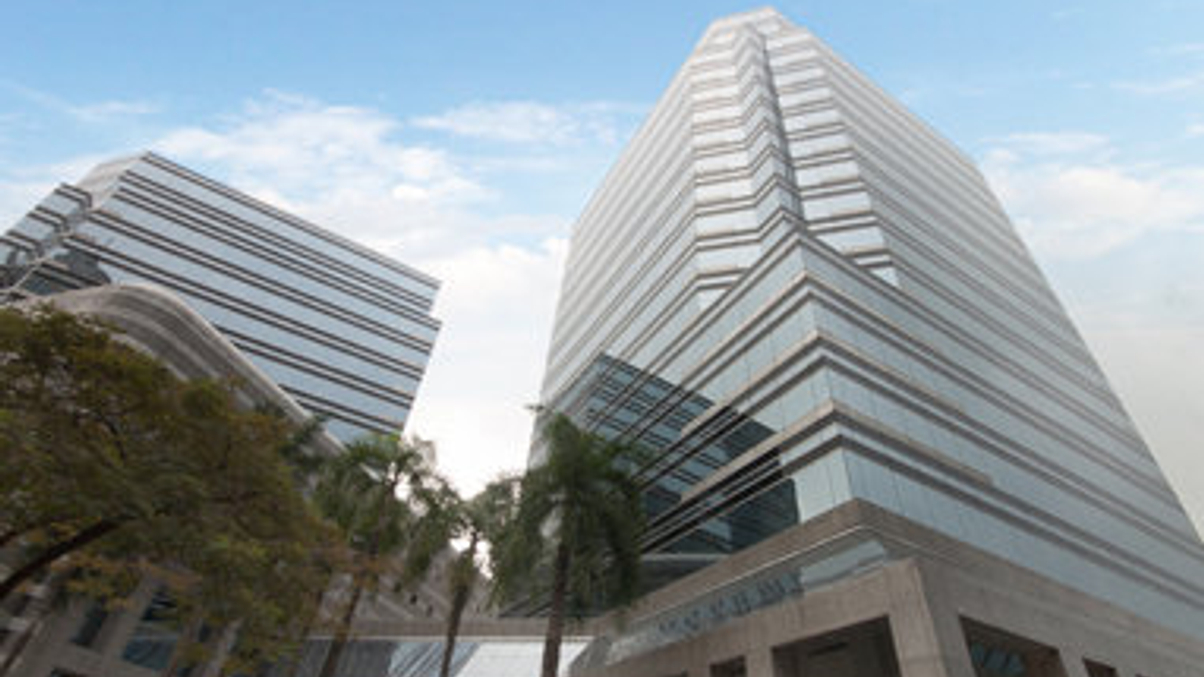Thailand’s GPF looks to new law to raise foreign investment
The boss of Thailand’s second-largest pension fund hopes that proposed changes in the law will help her diversify more into overseas markets. She is particularly bullish on China.

Thailand’s civil service pension fund and its second-largest retirement vehicle is pushing for reforms that could see its foreign assets swell to as much as 60% in the long term.
Sign In to Your Account
Access Exclusive AsianInvestor Content!
Please sign in to your subscription to unlock full access to our premium AI resources.
Free Registration & 7-Day Trial
Register now to enjoy a 7-day free trial—no registration fees required. Click the link to get started.
Note: This free trial is a one-time offer.
¬ Haymarket Media Limited. All rights reserved.


